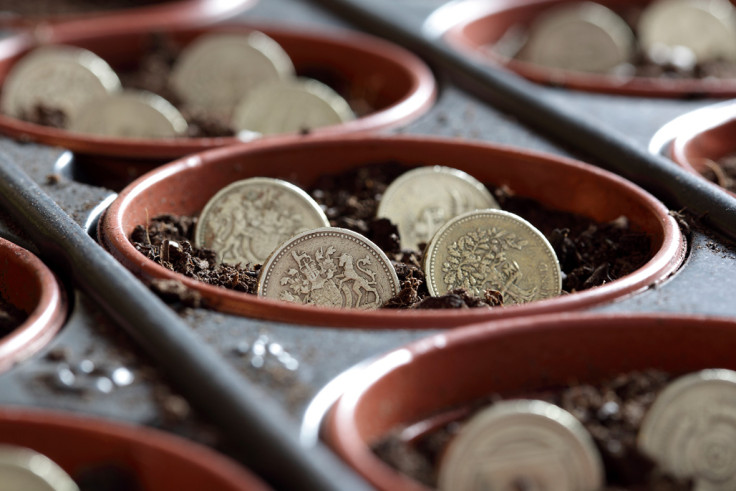UK economic growth revised higher in fourth quarter of 2015

The UK economy expanded in line with expectations in the fourth quarter, figures released by the Office for National Statistics (ONS) on Thursday (31 March) showed.
According to the ONS, in the three months to the end of December, the UK's gross domestic product (GDP) grew 2.1% year-on-year compared with an initial estimate of 1.9%, which analysts expected would remain unchanged.
On a quarterly basis, meanwhile, Britain's GDP grew 0.6% from the three previous three months, compared with a first forecast of 0.5% and slightly higher than economists' expectations for an unchanged reading.
Between 2014 and 2015, GDP in volume terms increased by 2.2%, unrevised from the previous estimate, GDP in current prices remained flat between the third and fourth quarters.
"The modest upward revision to overall GDP growth in 2015 and in the fourth quarter does not fundamentally change the outlook for interest rates," said Howard Archer, chief UK and European economist at IHS Global Insight.
"An interest rate cut in 2016 currently looks improbable given current lacklustre looking UK growth, muted earnings growth and consumer price inflation likely to only reach 1.0% around the end of the year."
However, the slight upward revision to GDP growth in 2015 indicated the economy is not weak enough to warrant an interest rate cut, especially given record high employment and the help to growth that should come from a weaker pound, Archer added.
On 16 March, during his Budget Speech, Chancellor George Osborne revealed Britain's economy was forecast to expand at a slower rate than originally expected. The UK economy is now expected to grow 2% this year, compared with a previous 2.4% forecast in November 2015.
The Office for Budget Responsibility (OBR), the government's fiscal watchdog, has also cut its growth forecast for 2017 to 2.2% from November's 2.5% expectations. The UK economy, Osborne added, is expected to grow 2.1% in each year between 2017 and 2019.
© Copyright IBTimes 2025. All rights reserved.





















